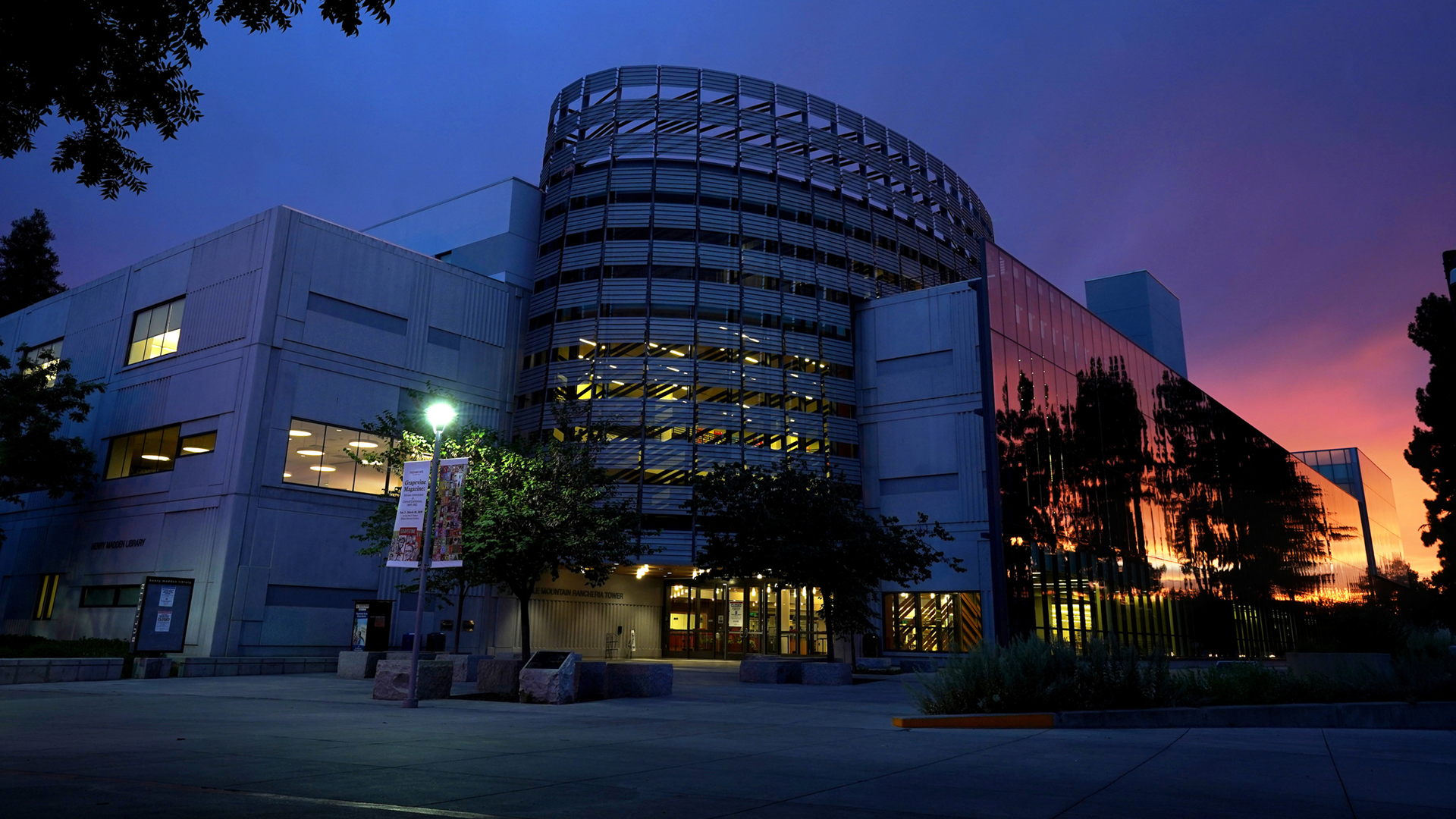Model for implementing a Human Library in a Secondary School
Posted by: Vattuone, Gina
Citation: Brown, D. (2016). School libraries as power-houses of empathy: People for loan in The Human Library. In IASL Conference Proceedings (Tokyo, Japan): A School Library Built for the Digital Age / IASL 2023 Strand B: Research Forum. https://doi.org/10.29173/iasl7197
Link: View of School libraries as power-houses of empathy: People for loan in The Human Library
Summary: This paper explores how school libraries can foster empathy and respect through storytelling and initiatives like The Human Library. The Human Library is a global movement where people volunteer to be "living books" who can be “borrowed” for conversations. The goal is to challenge prejudice through dialogue, breaking down stereotypes and promoting understanding. The paper discusses how schools can host their own Human Library events to create a school culture that develops empathy and celebrates diversity rather than fearing differences. Specifically, it chronicles the efforts of teacher librarian, Jenny Uther, who began a yearly Human Library Project at Monte Sant Angelo Mercy College, an independent girls’ secondary school in Sydney.
Evaluation: I appreciate that the paper frames the role of libraries as shifting to meet the needs of users in the 21st century. Brown posits that libraries are spaces that “nurture values and ethics” and I agree that is a laudable ethos. The research is well documented that fiction can foster empathy, but we also know that many middle school students in 2025 are reluctant to pick up a book. The novelty of interacting with a human book may appeal to many students. As someone who is looking to begin a Human Library Project at my own school, I was impressed with the scale of the project at Monte: “It is now one of the biggest events on our school library’s calendar, with up to twelve living books involved, and more than 120 students.” It was helpful to read their planning process as a model. For example, I had not previously considered using older students as volunteers to help facilitate the event. I also like the idea of gathering private and public feedback, which they did using the Padlet app to create a digital canvas of student comments that are visible to all participants. Posting feedback publicly is likely an affirming practice for all involved.



